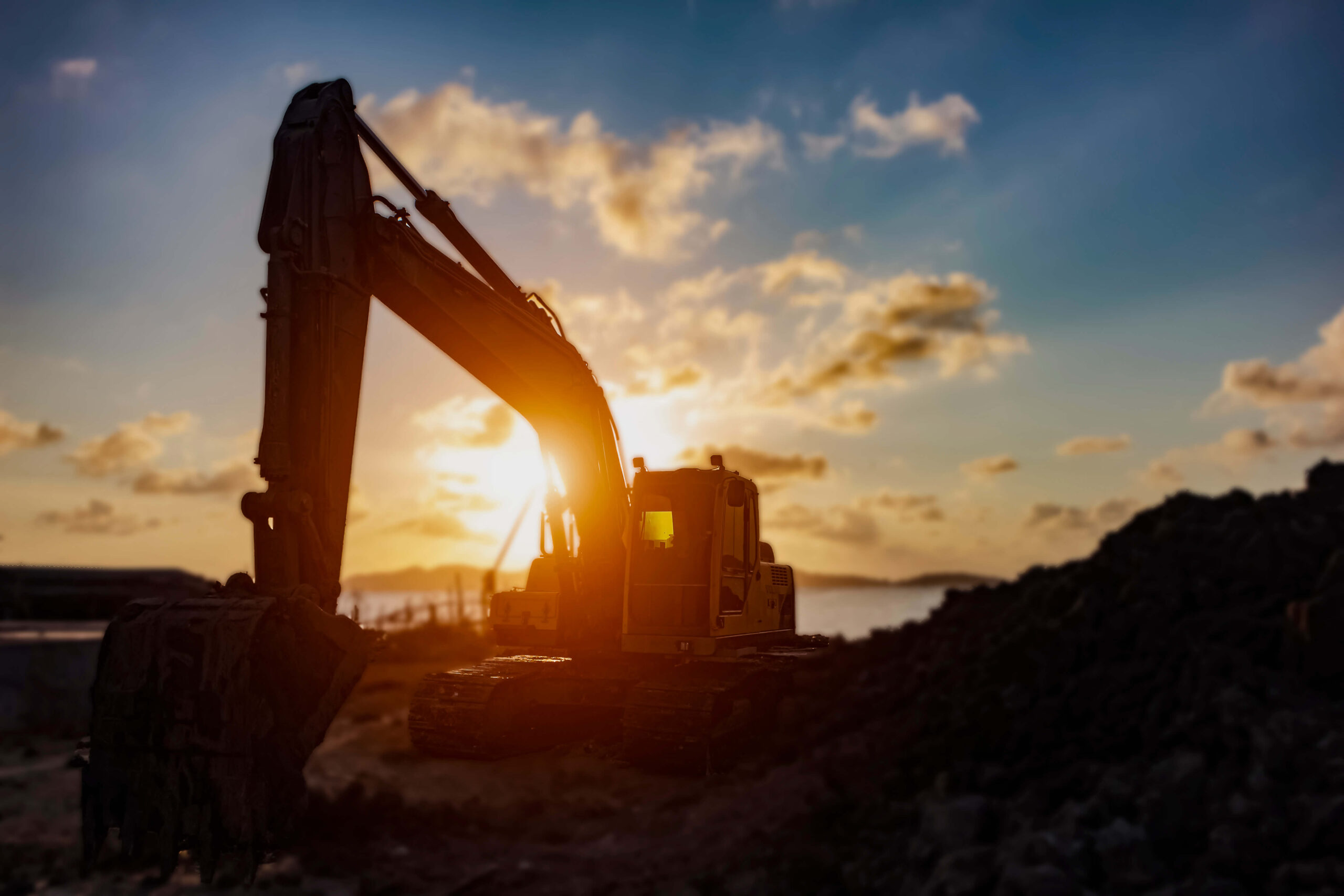Operators and miners often say that “MSHA never changes.”
Usually, that type of comment about the Mine Safety and Health Administration (MSHA) is based in frustration and focused on an inconsistent citation, an unusual interpretation of a regulation, or a seemingly excessive gravity allegation. The tenor of the comment is essentially: “We’ve seen this all before, and we’ll see it again.” And this viewpoint is based on the metal/nonmetal mining industry’s familiarity with the agency.
To a great extent, many mine personnel have very close contact with MSHA inspectors, field office supervisors, and even district personnel. The mining community has seen the enforcement trends and knows the enforcer’s priorities and personalities in a way that does not exist in any other industry in the country. This is a natural offshoot of the inspections that happen each year.
Without a doubt, operators and MSHA inspectors will see differently on things such as how much of an opening makes an equipment guard unsafe or how much material on a walkway constitutes a housekeeping violation. These types of long-running disputes can blind people to the fact that the agency is gradually changing, and operators need to be wary.
These changes are not the kind that are announced in a major press release or presented in a stakeholder meeting. They are the result of—and maybe even the unintended consequence of—a slow shift in agency practices and culture, particularly with respect to how they affect metal/nonmetal operations. These changes can have as much impact as a new regulation.
Cases in Point
For instance, MSHA’s “One MSHA” initiative, begun in 2018, was trumpeted as a way to enable the industry to more effectively and economically marshal its resources by combining the coal and metal/nonmetal sides of the agency.
By many accounts, that effort produced a clash of enforcement culture within the agency. On the metal/nonmetal side, there has been a long history of communication with the mining community—through district safety and health conferences, broad access to informal conferences, and general visibility of district personnel. While this communication did not necessarily translate into cooperation on all issues, it nonetheless provided an important outlet for greater understanding of conflicting viewpoints.
The coal side of MSHA has a somewhat different history. There is a skepticism about the motives of mine operators that has traditionally tamped down more open communication. Metal/nonmetal operators now detect this tension in their dealings with the agency. Anecdotally, it is seen in everything from more frequent denials of informal conference requests and less participation in industry safety and health conferences.
This is also recognized in the expansion of more coal-centric enforcement practices. For instance, on the metal/nonmetal side, MSHA would never conduct a special investigation of a citation for which an informal conference had been granted until after the conference was conducted. The rationale for that is clear: wait to see if the citation will be vacated or modified, such that an investigation is not necessary.
But this is not necessarily the case anymore because of an altered policy that special investigations and conference/litigation are on two different tracks that should not impact one another.
Other Findings
Similarly, operators have noted of late that discrimination investigations under section 105(c) of the Mine Act have sometimes been initiated with an investigator’s arrival at the operation rather than with a letter notifying the company of a complaint.
This is a scenario that metal/nonmetal operators have had to deal with in section 110(c) special investigations, but not in discrimination investigations. Witnesses are left with the problem of having to decide whether to agree to an interview on a subject that they might not have thought about for months because they’d had no notice of the complaint. It’s a conundrum that does not engender trust in the system.
There should be some discussion with the metal/nonmetal industry before long-standing procedures and practices are modified or replaced. MSHA’s leadership team should recognize that there are positive safety gains to be achieved with a somewhat less aggressive enforcement posture and broader communication and access.
A version of this article was previously published in Pit & Quarry magazine.





